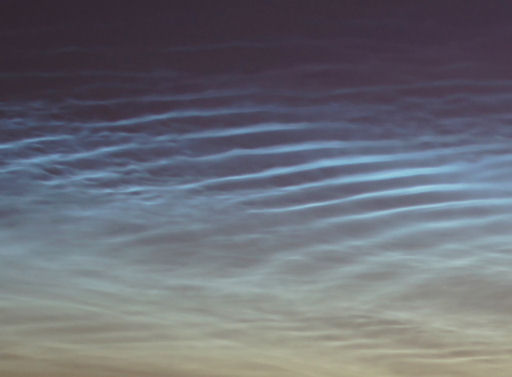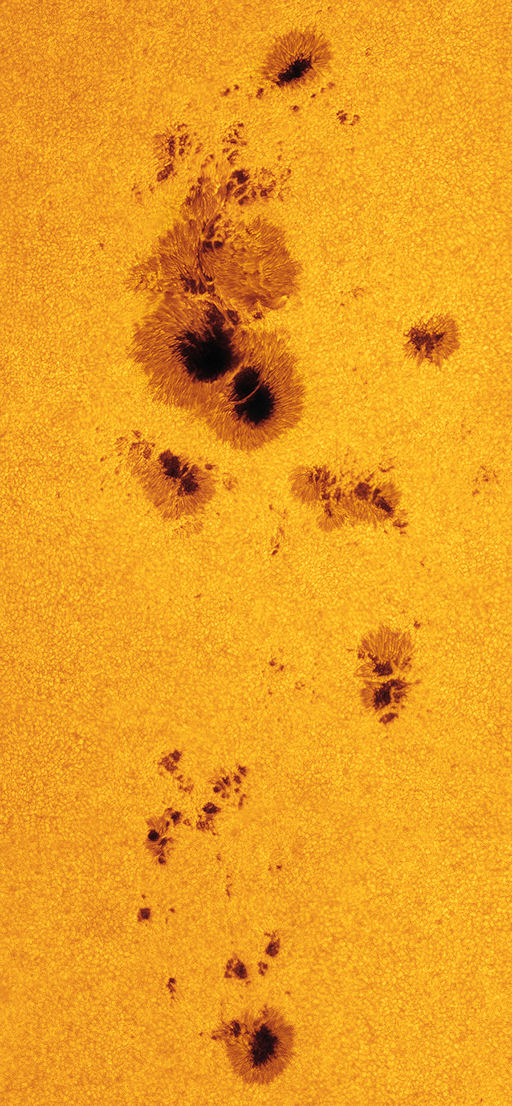Solar Maximum
by mind blown 25 Replies latest social current
-
-
Sam Whiskey
The Mayan's were right! December 21st cometh!
-
kurtbethel
AHHH!! Plague! Y34k! Global Warming! Zombies! Planet X! Ice Age!
Millions now living are going to die!
-
mind blown
Naw....just a little crispier... but here......
-
rather be in hades
wow that pic is scary. how did THAT happen?
-
mP
Not quite solar maximums happen every 11 years...
-
-
mind blown
Though suns polar shift happens every 11 years, and it shifts at it's maximum (hottest) this is to be one of the hottest with earths magnetic field compromised..........it's a warning/alert according to scientist Michio Kaku.....not a dire prediction.......
The photo above is the women from the news who's addicted to tanning salon....true.....
-
mind blown
http://www.nasa.gov/mission_pages/sunearth/news/News071212-X1.4flare.html
UPDATE: There is a coronal mass ejection (CME) associated with the July 12 X-class flare. Rough estimates based on the data currently available -- namely observations from STEREO-B (the Solar Terrestrial Relations Observatory) -- show that the CME is traveling in an Earth direction at over 850 miles per second.
› View full disk image
This image from the Solar Dynamics Observatory shows the sun at 12:45 PM EDT on July 12, 2012 during an X1.4 class flare. The image is captured in the 304 Angstrom wavelength, which is typically colorized in red. Credit: NASA/SDO/AIA› View larger › View full disk image
This image combines two sets of observations of the sun at 10:45 AM EDT, July 12, 2012 from the Solar Dynamics Observatory (SDO) to give an impression of what the sun looked like shortly before it unleashed an X-class flare beginning at 12:11 PM EDT. The image incorporates light in the 171 Angstrom wavelength, which shows off giant loops of solar material overlying the middle of the sun over Active Region 1520 where the flare originated. The second set of observations is called a magnetogram, which highlights magnetic fields on the sun. Together these kinds of observations can help scientists understand the magnetic properties of the sun that lead to giant explosions like flares.› View large fulldisk image Credit: NASA/SDO/AIA An X1.4 class flare erupted from the center of the sun, peaking on July 12, 2012 at 12:52 PM EDT. It erupted from Active Region 1520 which rotated into view on July 6.
Further updates will be provided as needed.
************************************************************************************** http://www.usnews.com/news/articles/2012/07/12/x-class-solar-flare-causes-radio-outages› View larger
This image taken by the Solar Dynamics Observatory's HMI instrument shows sunspot 1520 and it's regional neighbors, 1519 and 1520. Earth is shown to scale. Credit: NASA/SDO/HMIX-Class Solar Flare Causes Radio Outages
The sixth X-Class flare so far this year
July 12, 2012 RSS Feed PrintA giant sunspot released the sun's sixth massive solar flare of the year Thursday, and early indications are that it may have been powerful enough to black out NOAA radio, according to a NASA scientist.
It was the sixth X-class flare this year, and Phillip Chamberlain, a scientist with NASA's solar dynamics observatory, says they are likely to continue through the beginning of 2014 as the sun enters the most active period of its eight-year solar cycle.
[See Spectacular Snapshots of Space]
Thursday's flare has already caused what NOAA classifies as an R3 radio blackout, meaning GPS satellite signals "degraded for about an hour" and there was a "wide area blackout of high frequency radio communication" on Earth.
According to Chamberlain, the region from which the flare erupted was on the part of the sun facing Earth, so it could potentially cause temporary power outages and further communication systems disruptions. He said the observatory would know more within a few hours if Earth is likely to be impacted.
On July 6, a similarly sized flare caused no significant problems on Earth. Thursday's flare, classified as an X1.4, was much smaller than the X5.4 flare that erupted on March 7 and caused temporary outages of military satellites.
http://www.youtube.com/watch?v=8brfyq35TDA
-
mind blown
X-FLARE! Big sunspot AR1520 unleashed an X1.4-class solar flare on July 12th at 1653 UT. Because this sunspot is directly facing Earth, everything about the blast was geoeffective. For one thing, it hurled a coronal mass ejection (CME) directly toward our planet. According to a forecast track prepared by analysts at the Goddard Space Weather Lab, the CME will hit Earth on July 14th around 10:20 UT (+/- 7 hours) and could spark strong geomagnetic storms. Sky watchers should be alert for auroras this weekend. Geomagnetic storm alerts: text, voice.
The explosion also strobed Earth with a pulse of extreme UV radiation, shown here in an image captured by NASA's Solar Dynamics Observatory:
The UV pulse partially ionized Earth's upper atmosphere, disturbing the normal propagation of radio signals around the planet. Monitoring stations in Norway and Ireland recorded the sudden ionospheric disturbance.
Finally, solar protons accelerated by the blast are swarming around Earth. The radiation storm, in progress, ranks "S1" on NOAA space weather scales, which means it poses no serious threat to satellites or astronauts. This could change if the storm continues to intensify. Stay tuned.
Realtime Space Weather Photo Gallery
NOCTILUCENT CLOUDS: This morning a vast bank of electric-blue noctilucent clouds rippled across northern Europe. "It was like water in the sky," says Barbara Grudzinska, who photographed the display from Warsaw, Poland:
"These are the first noctilucent clouds this year so clearly visible at our latitude in Warsaw (52 N)," says Grudzinska.
When NLCs first appeared in the 19th century, the mysterious clouds were confined to the Arctic, most often seen in the same places as Northern Lights. In recent years, however, their "habitat" has been expanding, rippling as far south as Colorado, Virginia, Kansas, and Utah. (Here are some examples of sightings in the lower United States.) There is growing evidence that the expansion is a sign of climate change, although this remains controversial.
Whatever the reason, noctilucent clouds aren't just at high latitudes anymore, so sky watchers everywhere should be alert for them. Observing tips: Look west 30 to 60 minutes after sunset when the sun has dipped 6 o to 16 o below the horizon. If you see luminous blue-white tendrils spreading across the sky, you've probably spotted a noctilucent cloud.
Realtime Noctilucent Cloud Photo Gallery [previous years: 2003, 2004, 2005, 2006, 2007, 2008, 2009, 2011]
SOLAR ARCHIPELAGO: Sunspots are magnetic islands on the sun. Sunspot AR1520 is a complete archipelago. Scroll down to scan more than 200,000 miles of island chain:
Amateur astronomer Alan Friedman took the picture on July 10th from his backyard observatory in Buffalo, New York. "AR1520 is a tremendous archipelago and a wonderful target for backyard solar telescopes," he says.
The tangled magnetic canopy of the sunspot group, shown here in an extreme UV image from NASA's Solar Dynamics Observatory, harbors energy for strong solar flares. NOAA forecasters estimate an 80% chance of M-class flares and a 15% chance of X-class flares during the next 24 hours.











